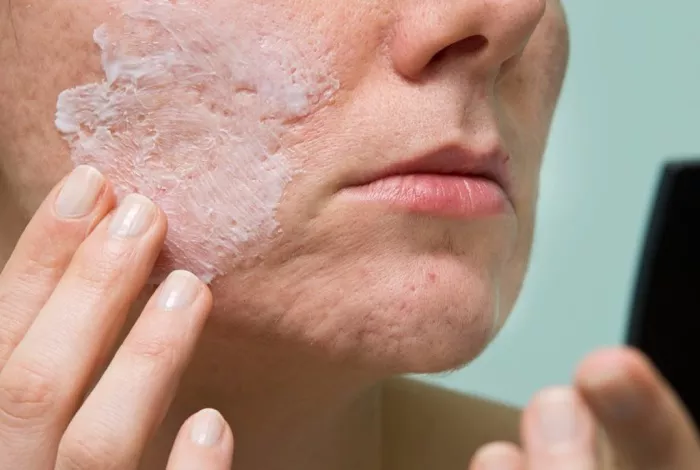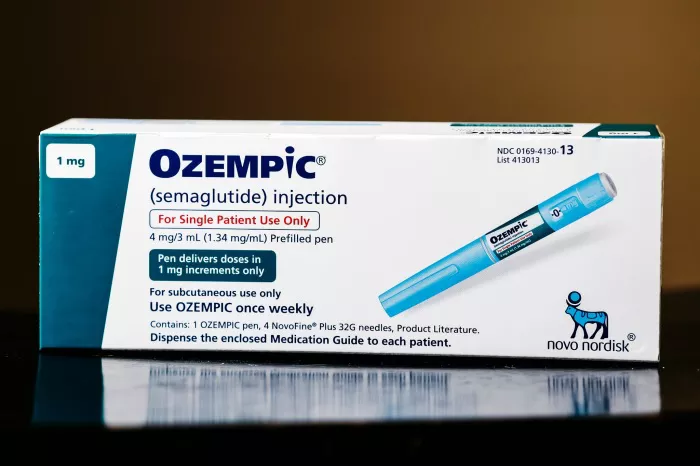Scars are an inherent part of the body’s natural healing process. When the skin sustains damage, the body responds by generating new tissue made from collagen to bridge the gaps, as explained by the Cleveland Clinic. Dr. Jill Salyards, a board-certified dermatologist, and founder of Refine Dermatology in Knoxville, Tennessee, elaborates on the formation of scars in the healing process.
“Scars develop after the healing process because the newly formed collagen meant to fill the wound is of a different texture than the surrounding skin,” says Dr. Salyards. While most wounds result in some level of scarring, exceptions exist for very superficial wounds on the skin’s surface.
Not all scars are equal, and their type and final appearance can be influenced by how the wound is cared for during the healing process. Dr. Jeremy Brauer, a board-certified dermatologist and founder of Spectrum Skin and Laser in Purchase, New York, notes, “The depth of the injury plays a role in the likelihood of scarring.” Scars can either be flat or raised, with flat scars being less visible than raised ones, such as keloid and hypertrophic scars.
Some individuals may seek ways to prevent or minimize scars during the healing phase, while others might want to address uncomfortable scars. However, whether to prevent scars or not is ultimately a personal decision. If scars are not causing discomfort, such as pain or itching, some people may even take pride in them, viewing them as symbols of resilience.
According to the American Academy of Dermatology (AAD), proper wound care can minimize or prevent scarring. Here are ten dos and don’ts to consider:
1. Do Keep the Wound Clean
The National Library of Medicine warns that broken skin increases the risk of infection, emphasizing the importance of keeping the wound clean throughout the healing process. Dermatologists recommend avoiding harsh antiseptics like hydrogen peroxide, as they can worsen scarring.
2. Don’t Wait Too Long to Get Stitches
While not all wounds require medical intervention, getting stitches for deep cuts can aid in quicker healing and potentially reduce scarring, according to the AAD.
3. Do Keep the Wound Moist
Dermatologists suggest keeping wounds moist with emollients like petroleum jelly, as wet or moist healing has been associated with reduced scar formation.
4. Don’t Pick at the Wound
Picking at wounds can increase inflammation and scarring, according to Dr. Salyards. Dermatologists advise against picking, scratching, or manipulating wounds.
5. Do Use a Wound Dressing
Wound dressings, such as bandages and gauze, protect the wound, keep it moist, and prevent exposure to the surrounding environment. Regular changes are recommended.
6. Don’t Skip Sun Protection
Sunscreen with SPF 30 or higher is crucial to reduce potential scarring, as sunlight can darken scars. The AAD recommends broad-spectrum and water-resistant sunscreen for daily use.
7. Do Use Silicone Scar Sheets
Silicone scar sheets are recommended for scar prevention after the wound is healed. Studies show their effectiveness in reducing scar pigmentation and height.
8. Don’t Overexert the Area
Minimize movement in the area of a new scar to avoid altering its formation. Gentle massaging, however, may aid in breaking up tissue and promoting healing.
9. Do Be Wary of Scar Creams and Topical Products
Not all scar creams are equally effective. Dermatologists suggest using silicone gel or sheets over scar creams, as they have proven effectiveness in scar management.
10. Don’t Have Unrealistic Expectations
Patience is key as wounds and resulting scars take time to heal and fade. While some factors are beyond control, proper care can improve the appearance of scars.
For those seeking additional scar treatments, options at a dermatologist’s office include lasers, dermabrasion, chemical peels, collagen or steroid injections, surgical revision, cryosurgery, and skin grafts, according to John Hopkins Medicine.































